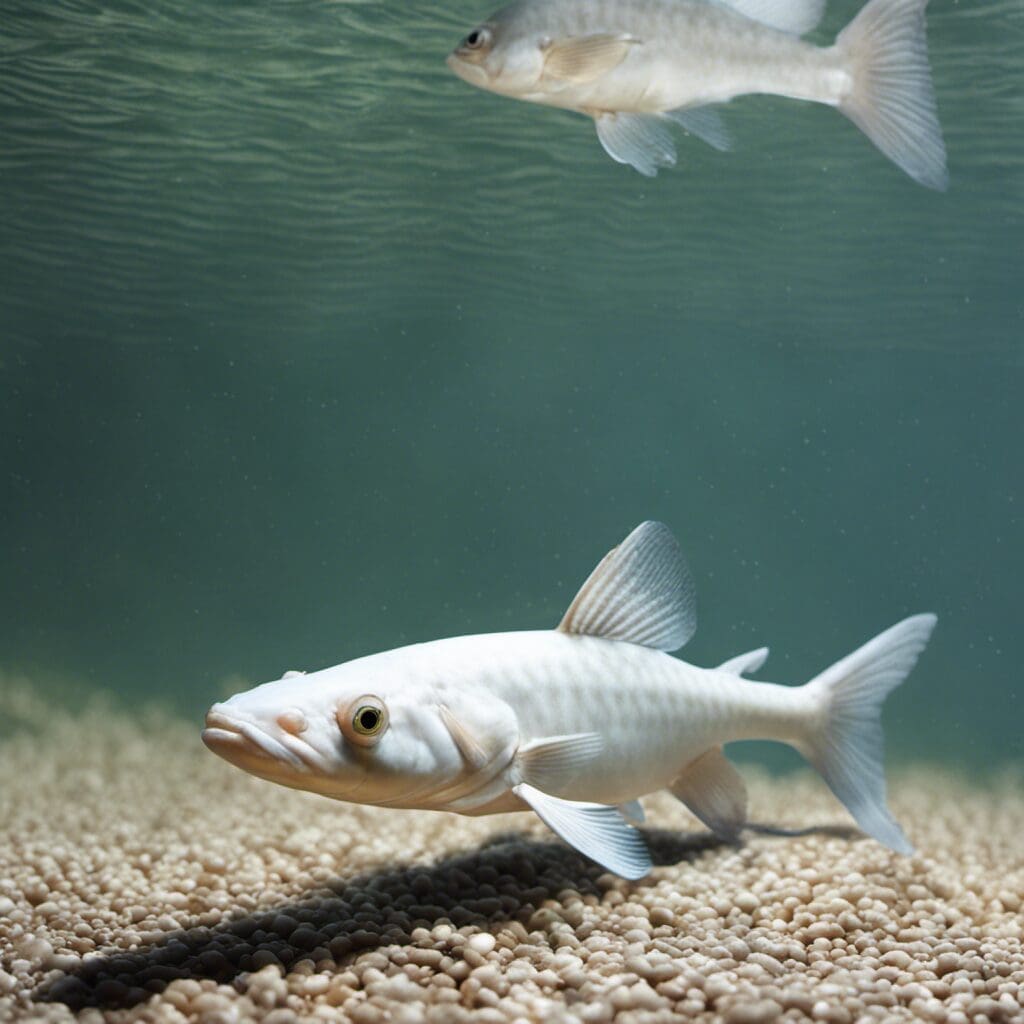Introduction
White Catfish, also scientifically known as “Ameiurus catus”, belongs to the Ictaluridae family of fish.
Conservation Status
White Catfish’s current conservation status varies between regions and there are no known targeted conservation efforts due to their wide distribution and relatively common occurrence.
Statistics
| Statistic | Average | Range |
|---|---|---|
| Length | 12-16 inches | 6-24 inches |
| Weight | 1.5-2 lbs | 0.5-8 lbs |
| Average Lifespan | Up to 14 years |
Distribution
While Native to the Atlantic coastal states of the United States, white catfish have been introduced and are now found in many other regions within the country as well. There are no significant known migration patterns.
Habitats
White Catfish tend to prefer freshwater environments, particularly slow-moving waters such as ponds, small lakes, and slow streams. They usually reside within a depth range of 1-3 meters and opt for temperature ranges between 70-85 degrees Fahrenheit.
When and Where to See
Summer to early fall marks the prime season to witness the White Catfish. As nocturnal creatures, they are most active during the night.
Best Fishing Locations
The states of Maryland and Virginia offer some of the best fishing spots for the white catfish. Two specific locations include:
- Potomac River
- Chesapeake Bay
How to Catch
The favored bait amongst anglers when fishing for White Catfish are worms, fish, and chicken livers. Bottom fishing techniques, especially during the night can lead to a successful catch.
Identification Guide
Categorized by an unspotted, olive-brown to slate-gray color, the White Catfish distinguishes itself through its forked tail and slight humpback. Its closest relative, the Channel Catfish appears similar but has a deeply forked tail as an distinguishing trait.
Culinary
The White Catfish comes with a pleasant, slightly sweet taste. It’s popularly fried, baked or broiled.
Nutritional Information
White Catfish serves as a good source of protein and omega-3 fatty acids.
Additional Information
White Catfish feed heavily on small fish and crustaceans. Predators include larger fish and birds while human-induced threats include pollution and habitat destruction.

